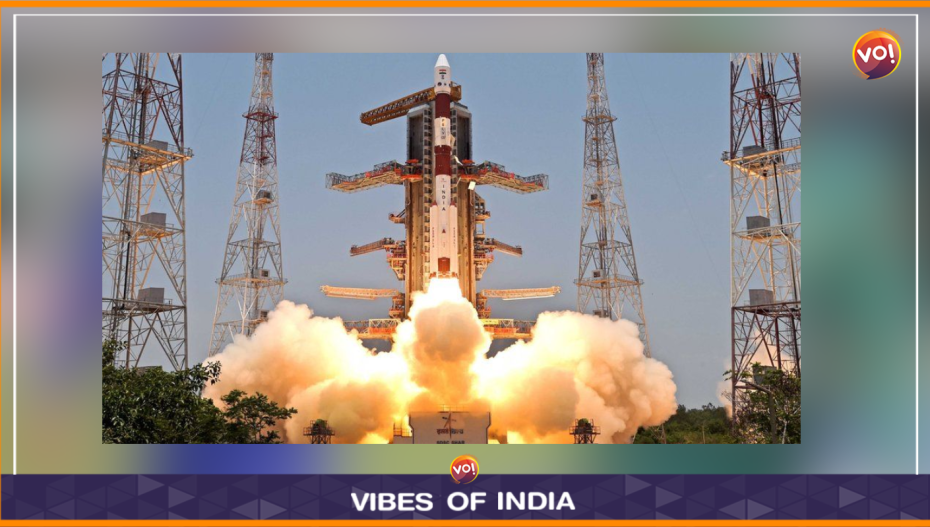Indian Space Research Organisation (ISRO) launched Aditya-L1 on Saturday to study the sun, in the country’s first such solar mission.
Later, on social media platform X, ISRO said the satellite was now in orbit.
The live broadcast of the launch was watched by more than 860,000 viewers, while thousands gathered at a viewing gallery near the launch site to see the lift-off.
The study aims to derive more data about solar winds, which can cause disturbance on earth, commonly seen as auroras.
The Aditya-L1 spacecraft took flight barely a week after India’s Chandrayaan -3 success, which made India the first country to land on the south pole of the moon. While Russia had a more powerful rocket, India’s Chandrayaan-3 out-endured the Luna-25 to execute a textbook landing.
Prime Minister Narendra Modi is pushing for India’s space missions to play a larger role on a world stage dominated by the United States and China. Home Affairs Minister Amit Shah, on social media platform X, said the launch was a “giant step” towards Modi’s vision.
The Aditya-L1 is designed to travel 1.5 million km (930,000 miles) over four months, and stop its journey at a Lagrange Point, where objects tend to stay put because of balancing gravitational forces, reducing fuel consumption for the spacecraft.
“We have made sure we will have a unique data set that is not currently available from any other mission,” said Sankar Subramanian, principal scientist of the mission.
The mission also includes understanding the sun’s dynamics as well as the inner heliosphere, which is an important element for current-day technology, as well as space-weather aspects.
“There have been episodes when major communications have gone down because a satellite has been hit by a big corona emission. Satellites in low earth orbit are the main focus of global private players, which makes the Aditya-L1 mission a very important project,” a scientist associated with the mission said.
Scientists hope to learn more about the effect of solar radiation on the thousands of satellites in orbit, a number growing with the success of ventures like the Starlink communications network of Elon Musk’s SpaceX.
The low earth orbit has been heavily polluted due to private participation, so understanding how to safeguard satellites becomes important in today’s space environment.
Longer term, data from the mission could help better understand the sun’s impact on earth’s climate patterns and the origins of solar wind, the stream of particles that flow from the sun through the solar system, ISRO scientists have said.
Pushed by Modi, India is looking to open the sector to foreign investment as it targets a five-fold increase in its share of the global launch market within the next decade.













